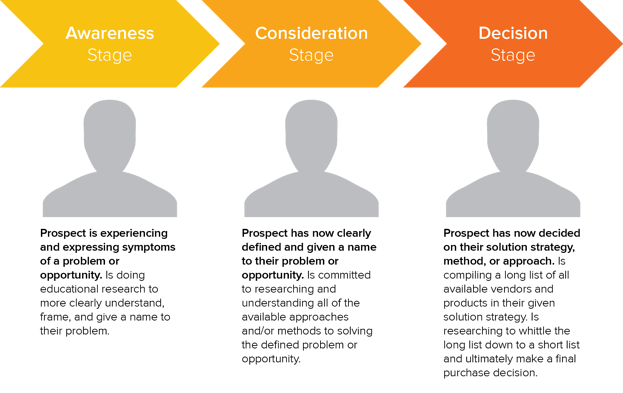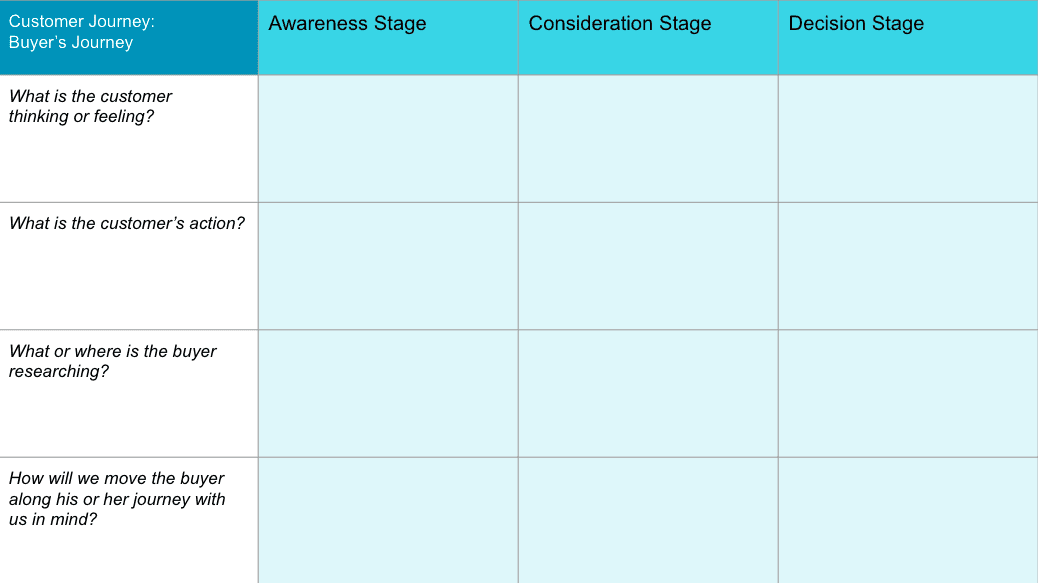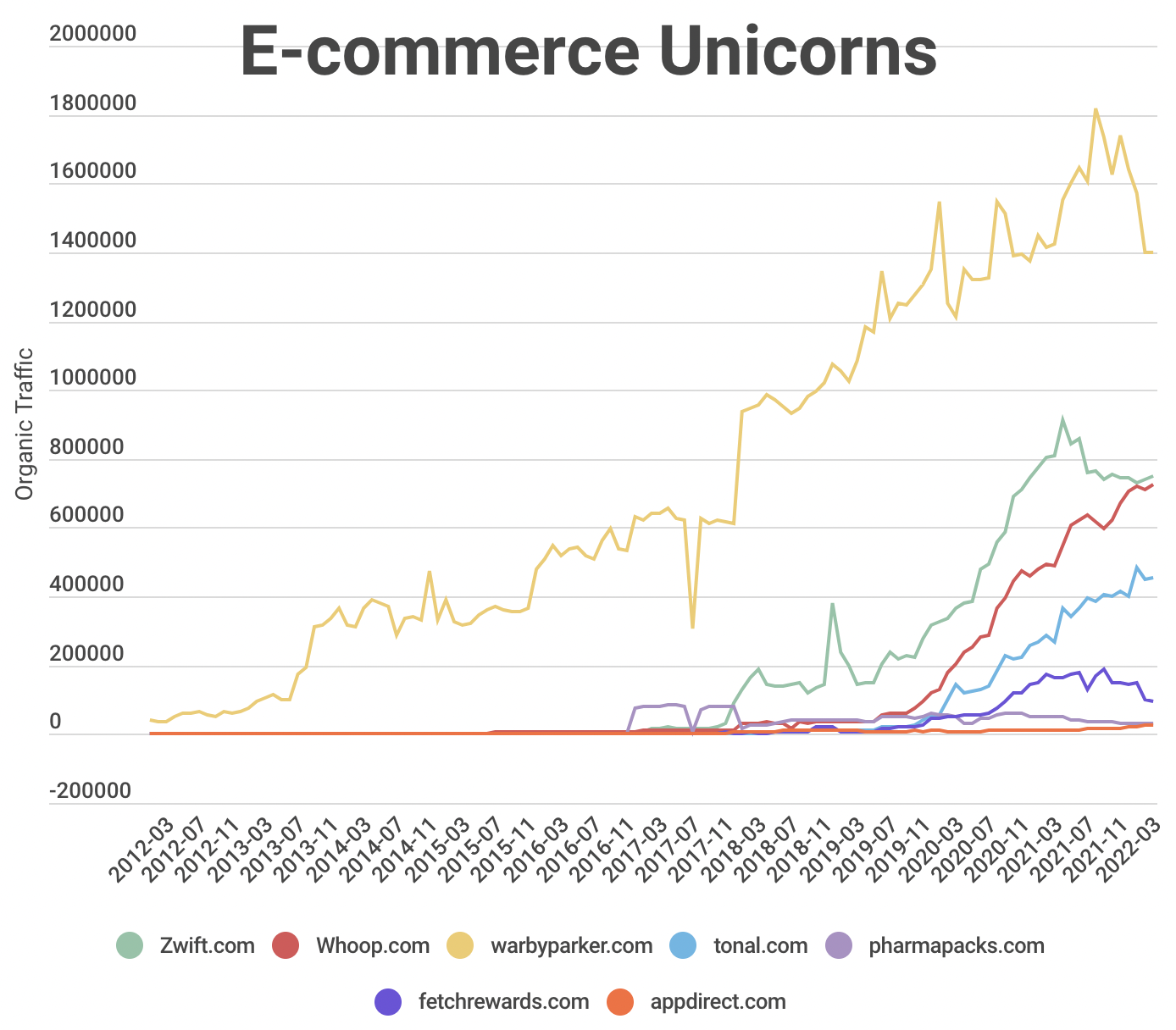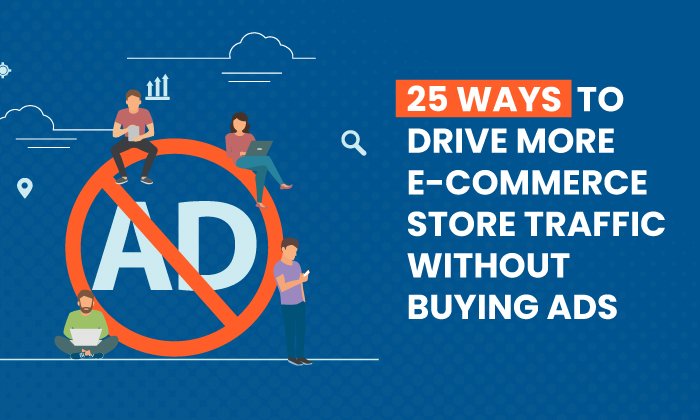We've talked a lot about the customer journey — how it impacts sales, service, and marketers.
But one segment that feels a little different is the ecommerce customer journey. The customer journey is different from service based companies, because it can be much quicker (buying from Amazon or an Instagram ad).
However, if you work at an ecommerce company, it's important to understand the customer journey: all the touch points and stages.
Below, let's learn how to map your ecommerce company's customer journey. Plus, you can download some templates to help you get started.
Touch points can include when someone sees a social media ad, when a friend tags them in a post online, when they come across your website, when they read a blog of yours, when your product shows up on Google, when they search on Amazon, etc.
The journey from when they first come in contact with you to when they purchase your product to if they reach out for a return is included in the ecommerce customer journey.
Writing down these touch points might make you realize that the journey on your website isn't ideal. If that happens, you can look for solutions to help you, like WooCommerce (a WordPress plug in).
Now, let's explore the various stages of the ecommerce journey.

1. Awareness
The first stage of the ecommerce customer journey is awareness. During this stage, a potential customer is experiencing a problem and is doing research to understand their problem.
During this stage, customers are researching the issue they're having, seeing if it has solutions, overcoming misconceptions, and prioritizing solutions.
2. Consideration
In the consideration stage, potential customers are researching products and methods to solve their problem.
For example, let's say that I want to start a morning routine. I do some research on Google and see a few ads on social media and realize I want a morning routine journal.
Now that I know what I want to buy and how to fix my problem, it's time to research solutions. I'll go to Google and Amazon and see what morning routine journals are available and which ones have the best reviews.
3. Decision
During this stage, potential customers are now narrowing down their list to the top products they want to buy.
This is when they're learning what makes your product stand out from the competition, and why your product is the one they need. During this stage, it's important to understand the various touch points so you can communicate what makes your product unique.
4. Retention
For ecommerce, I decided to add one more stage to the customer journey. That stage is retention. After a customer buys your product, their experience and decision to buy from you again relies solely on the quality of your product and customer service.
Let's say the package was missing, delivered to the wrong address, or they want to return the product. If that experience doesn't go well, they won't buy from you again. If it does go well, they'll probably consider leaving a positive review.
Additionally, during the retention stage is when you can consider retargeting marketing and social media ads so more of your products show up for them online.
Once you've delighted your customers, they start to see you show up online, and want to engage with you, they'll buy from you again and again.
To learn more about ecommerce marketing, you can check out HubSpot Academy's free ecommerce marketing course.
Now that we understand the ecommerce customer journey, let's visualize it with a customer journey map.
Essentially, this map will be a visualization of the start-to-finish customer journey. The point of creating this map is to not only understand the customer journey, but also to plan how you're going to improve the customer experience at every touch point.
For example, HubSpot customer, CODE41, was able to optimize their ecommerce customer journey through HubSpot's Marketing Hub, Sales Hub, and Service Hub.
With Marketing Hub, CODE41 sends millions of emails (yes, millions) to their lists. With Sales Hub, they have the customer support team automate reminders to minimize the customer support failures: not following up on client requests, not forgetting to check payment status, etc.
Lastly, the company uses Service Hub to generate reports for how many tickets they have that were returned, complaints, repairs, etc. This helps them improve their customer experience and retention in the process.
If you want to get started with your own ecommerce customer journey map, you can use HubSpot's customer journey map template, where you'll brainstorm what the customer is thinking or feeling, what their actions are, what they're researching, and how they go from consideration to decision.

For more information, you can check out this post on customer journey thinking, and watch the video below to learn more:
Now, you might be wondering, “How do I create an ecommerce customer journey map?”
Well, first you'll create your buyer personas, and then envision what your ideal customer goes through when they're seeking your product.
Once you do that, take HubSpot's ecommerce marketing course, and download our templates, then you can just fill out the template and brainstorm how to improve the journey at every touch point.
Ecommerce customer journey mapping is an essential part of understanding your target audience and improving the customer experience. Focusing on providing the best customer experience will help retain customers and drive more leads and sales.
![How to Map Your Ecommerce Customer Journey [Template Included]](https://localseoresources.com/wp-content/uploads/https://no-cache.hubspot.com/cta/default/53/12501f7c-8e26-4e3c-9642-7afbe078156a.png)






Recent Comments